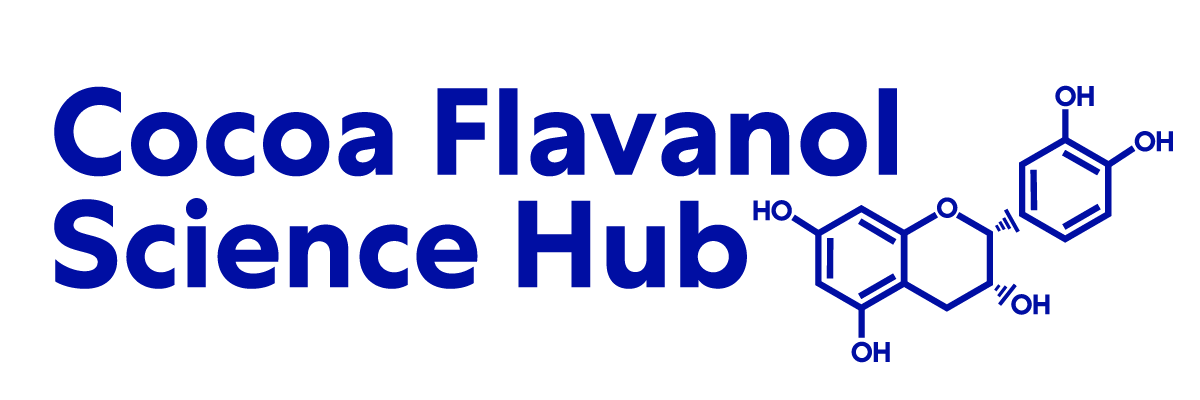The first authoritative dietary recommendation for flavanols

Cardiovascular disease (CVD) is the leading cause of death worldwide. It is estimated that 38% of deaths under the age of 70 are caused by CVD. Diet is a key risk factor for cardiovascular disease and helping people understand how they can maintain and importantly, improve their health through diet is critical.
In the context of cardiovascular health, we often discuss the types of fats in the diet (saturated vs. unsaturated fats), the role of minerals like sodium and potassium, and generally about eating more plant-based foods. But beyond these nutrients, there are now other components, known as bioactives, in food that we can consider for our cardiovascular health.
The Academy of Nutrition and Dietetics (AND) – the world’s largest organization of nutritionists and dietetics practitioners – has now taken a major step forward in highlighting the important role that flavanols can play in cardiovascular disease prevention, by issuing the first dietary recommendation for this specific group of bioactives. Flavanols are naturally occurring components found in foods, such as tea, apples, berries, and cocoa.
A first-of-its kind recommendation
The guideline recommendation issued by AND is for a daily flavanol intake of 400 to 600 milligrams from a variety of foods to support cardiometabolic health. Cardiometabolic health contributes to a healthy lifespan by reducing risk factors for cardiac and metabolic diseases, including obesity, hypertension, and diabetes.
What’s exciting to me, and many other researchers studying flavanols, is this recommendation uniquely focuses on the promotion of cardiometabolic health, acknowledging that the presence of these bioactive compounds in the daily diet is important, even protective, to health. This contrasts with recommendations for vitamins and minerals, which focus primarily on maintaining sufficient levels of these essential nutrients to avoid deficiency or disease.
Analysing flavanol-rich foods
For people to achieve the recommended intake of flavanols, they must consume a variety of plant-based foods throughout the day, and while consuming plant-based foods is not new advice, recommending these types of foods to increase flavanols in the diet is.
Unfortunately, the levels found in different foods are highly variable and can be affected by growing practices, storage, and cooking time and temperature. So, while there are currently databases that provide information of the flavanol content of some commonly consumed foods this information is incomplete, it is a useful reference point for healthcare professionals and consumers. And with this latest recommendation, the expectation is that this information will get even better over time as interest and information grows.
In time, it is likely that to better understand the flavanol content of a food or product, one will simply have to read a label. To achieve this, developing and validating analytical methods for the quantification of flavanols found in foods is absolutely critical.
Our team of researchers at Mars have created and analytical method to analyze, quantify, and report cocoa flavanols, the specific mixture of flavanols unique to cocoa, across a variety of foods and products accurately and consistently. This method has recently been designated Final Action by AOAC, an independent body that sets standards for methods of food analysis. This is the first method of flavanol analysis that has been certified as Final Action by AOAC and will be a valuable tool to help ensure precise reporting of cocoa flavanols in foods. The demonstration that this can be done for the complex mixture of flavanols in cocoa means that it certainly can be done for a variety of other foods too!
Beyond the first dietary recommendation for flavanols
This recent recognition of flavanols for their benefits to heart health provides a new starting point for advancing our understanding of how these bioactive compounds and we can expect more recommendations to come out in the future. As research continues to uncover how different forms of flavanols impact areas of health, leveraging biomarkers for flavanol intake is also needed to give insights into the long-term benefits in diverse population groups. These steps in understanding are critical to enabling an official dietary reference intake (DRI) for flavanols.
Currently, dietary advice primarily focuses on what foods or nutrients we should either eat more or less of to maintain our health and prevent disease. But we’re starting to see how actively including specific bioactive food components – beyond the traditional nutrients – can also play an important role in our overall health.




